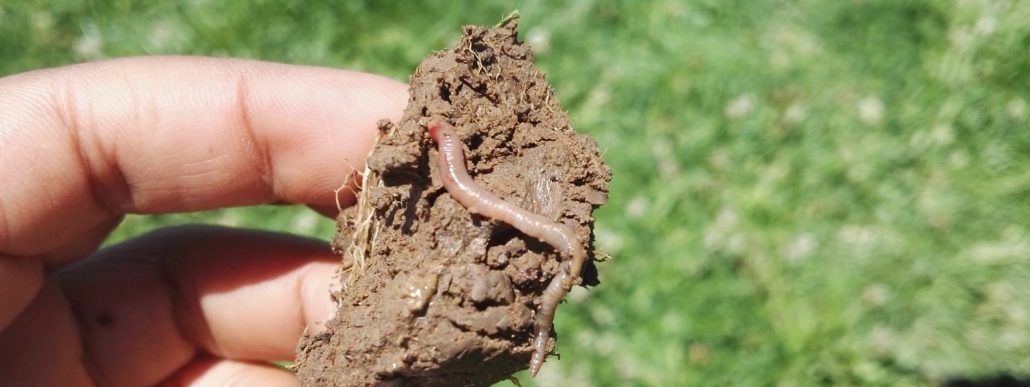As a farmer, your primary use for soil is for growing crops. Soil fulfils this function by being an anchor for plant roots and a store for water and nutrients. One of the soil properties that ensure that this happens effectively is soil structure. Soil structure describes how the individual particles of sand, silt, clay and soil organic matter (SOM) are arranged1.
Good soil structure ensures that there are enough pore spaces in the soil, allowing for good air circulation, water movement and root development. This is made possible by the sticking together of individual soil particles to form larger particles called aggregates – which are the foundation of good soil structure. Soil with good structure is characterised by being soft, crumbly and having aggregates that stick together even under harsh conditions; whereas compaction and soil hardness are indicative of poor soil structure.
One of the best ways to improve soil structure is by implementing practices that encourage the build-up of SOM (Read Blog: So how do you actually go about building carbon in soil?). This is because SOM build-up encourages the increase of soil organisms which are key builders of soil aggregates (Read Blog: Soil biology: the engineers in the soil). For instance fungal hyphae plays a big role in the binding of soil aggregates2, earthworms aerate the soil creating spaces for water and air movement. Soil organic matter also acts as a buffer against properties that destroy aggregation, such as compaction and high sodium levels3.
Earthworms do well in soils with good structure and their abundance can be used as an informal indication of soil structure
Practices such as tillage that destroy soil structure should be avoided. Practices that encourage the build-up of SOM should rather be implemented. This will improve the structure of the soil, which contributes to overall soil health.
References
- ftp://ftp.fao.org/fi/cdrom/fao_training/fao_training/general/x6706e/x6706e07.htm (Accesed 7 July 2017)
- http://www.fao.org/docrep/009/a0100e/a0100e0d.htm (Accessed 10 July 2017)
- http://www.fao.org/docrep/009/a0100e/a0100e05.htm (Accessed 10 July 2017)
- Meet Adele Bain: The trendsetting, animal-loving dairy farmer - 2017-12-05
- Breaking the wind for increased pasture wellbeing - 2017-11-30
- Mutualism:What benefits the land, benefits us - 2017-10-30

